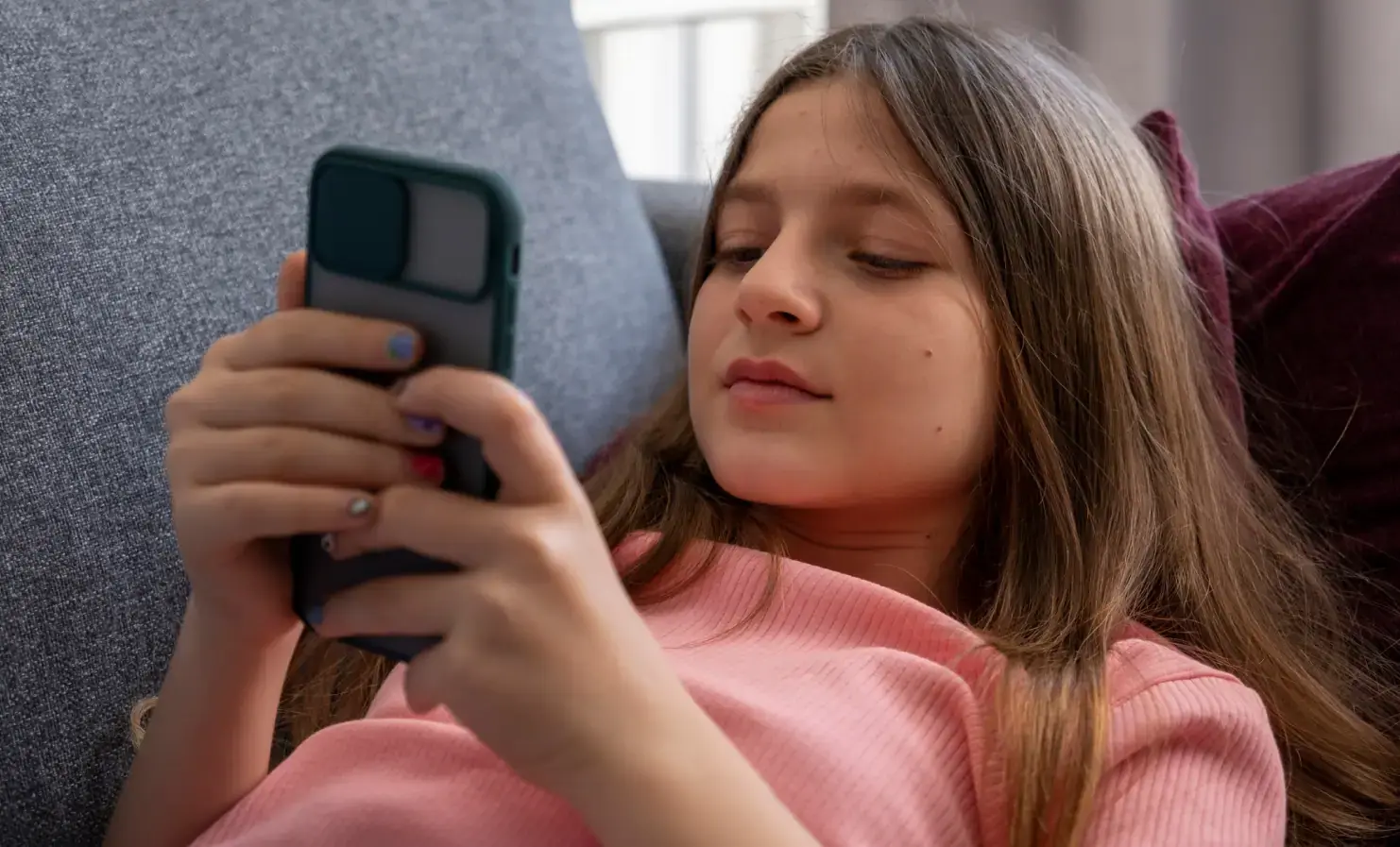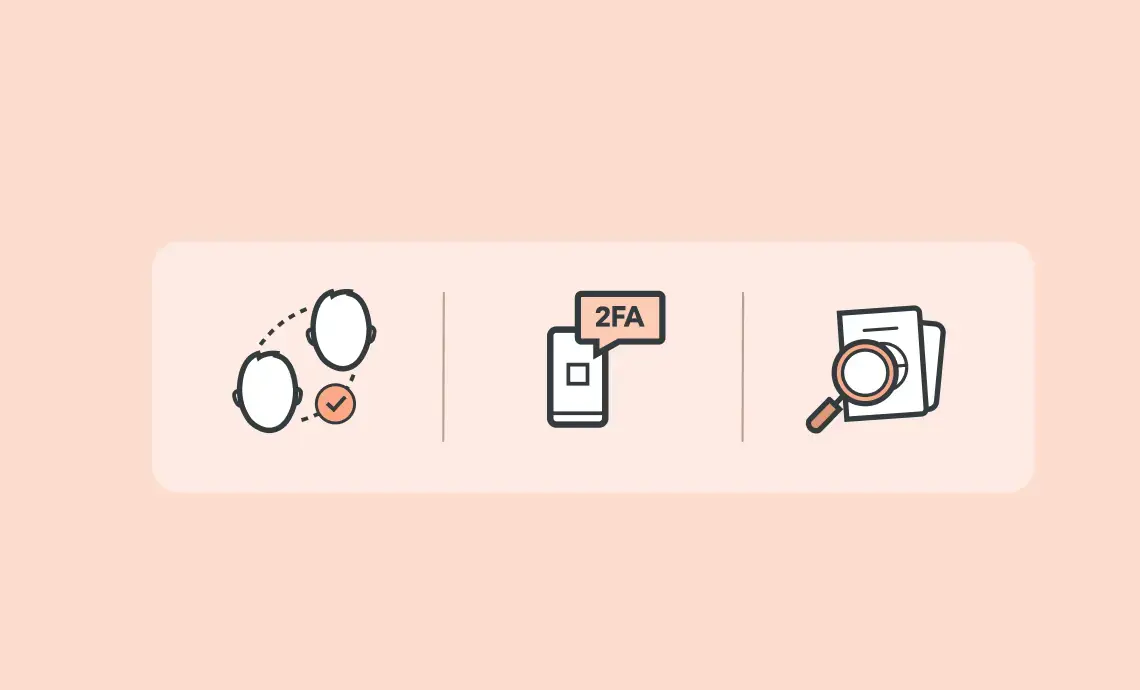Age assurance
Complying with Ofcom’s Protection of Children Codes: what you need to know about age assurance
With children’s online engagement at an all-time high, the UK government passed the Online Safety Act in 2023, aiming to make the UK ‘the safest place in the world to be online’. It places legal obligations on online services to prioritise user safety, particularly for children. As the UK’s communications regulator, Ofcom plays a pivotal role in enforcing the Act’s provisions. As part of phase two of the Act’s implementation, Ofcom published its Protection of Children Codes of Practice on 24th April 2025. Made up of over 40 practical measures, they outline how digital platforms must safeguard younger users
Strengthening existing age verification methods to meet modern challenges
In today’s digital landscape, effective age verification is key to helping us build a safer, more trusted online world. Whether it’s ensuring young people have age-appropriate experiences or preventing underage sales of age-restricted items, accurate age checks are crucial for safeguarding online users. We’re seeing a wave of age-related legislation come in around the world. With this, online services face the significant challenge of balancing user privacy with user safety. Alongside newer age-checking solutions, existing age verification methods still have their benefits. We look at how these methods can be strengthened for greater security, efficiency and user privacy.
Age estimations in our Digital ID app
Digital ID users can have their age estimated in the app, and then anonymously share the age result. This gives them a secure, private and easy way to pass age checks. – With lots of legislation being introduced to improve online safety, including the UK Online Safety Act and the EU Digital Services Act, more businesses are looking at how to verify the age of users. People should have a choice in how they prove their age, so they can choose the method that works best for them. They might use their identity document, complete a facial age estimation
Introducing Yoti Keys: privacy-focused, seamless and anonymous age verification
We’re excited to announce a new age assurance solution: Yoti Keys. Yoti Keys let people verify their age once and gain continued access to an ecosystem of websites without having to prove their age again, regardless of if they are using an incognito or private browser. A Yoti Key, using passkey technology, doesn’t store any personal information. This helps people to remain completely anonymous but verified – all on their device. How a Yoti Key works Complete an age check: The user completes an initial age check to prove their age. They can choose which method to use,
France’s new age verification law: what it means for adult platforms and how to comply
Every month, 2.3 million minors in France access adult content online. In response, the French regulator Arcom has introduced strict new rules to ensure that only adults can access platforms with pornographic content. These measures, which come into full force on 11th April, aim to protect children while protecting the privacy of adults. In this blog, we answer some of the common questions about the new law and explore how our solutions can help platforms to comply. What are the new rules from Arcom? In October 2024, Arcom, (Audiovisual and Digital Communication Regulatory Authority), announced new rules for
Defining age verification and age assurance
Age is becoming an increasingly important focus for governments globally, with legislation being enacted across multiple states and countries. Our latest report looks at: The difference between age verification and age estimation Why self declaration is not age assurance The importance of balancing proportionality and privacy Download






